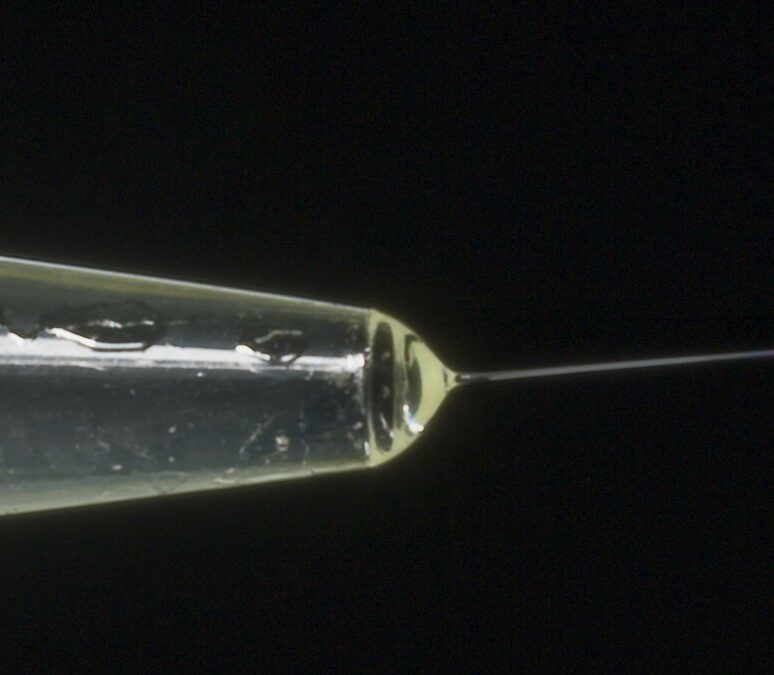
by pinfa-editor | 2 Mar, 2021
Electrospinning offers routes to develop new FR fibre solutions with improved mechanical properties, e.g. with multiple materials. Electrospinning is a known process for producing continuous polymer fibres, with diameters from 100 nm to 10 µm, or fibre mats. Injection...

by pinfa-editor | 6 Jul, 2020
A PIN FR made wholly from plant-origin materials, in water reaction, was successfully tested in the biodegradable, bio-based polymer PBS. Phytic acid, plants’ natural phosphorus storage molecule, was reacted in aqueous solution with guanosine, a purine nucleoside...

by pinfa-editor | 11 Jun, 2020
Tannic acid is found in tree bark and other plant materials and can be recovered from bio-based industry waste streams. It was tested as a flame retardant additive in DGEBA epoxy at 0.1 – 8% (and neat epoxy), by mixing into the epoxy before hardening and cur-ing....

by pinfa-editor | 16 Nov, 2021
Yuen et al. summarise building cladding panel fire incidents, regulations and perspectives. Numbers of significant fires worldwide related to cladding are accelerating rapidly from only around ten per year in the early 2000’s to around one hundred in 2014, continuing...

by pinfa-editor | 24 Jun, 2021
3D Systems has launched a new PIN FR resin for high accuracy parts for aerospace, automotive, defence, electronics. The manufacturer of 3D-printing systems, 3D Systems, as added to its range a high temperature black non-halogen flame retardant resin, offering surface...






